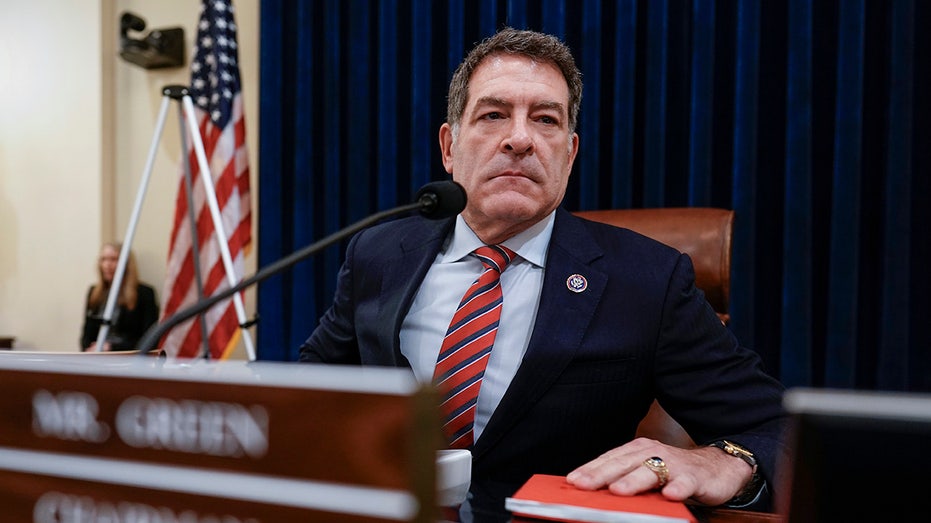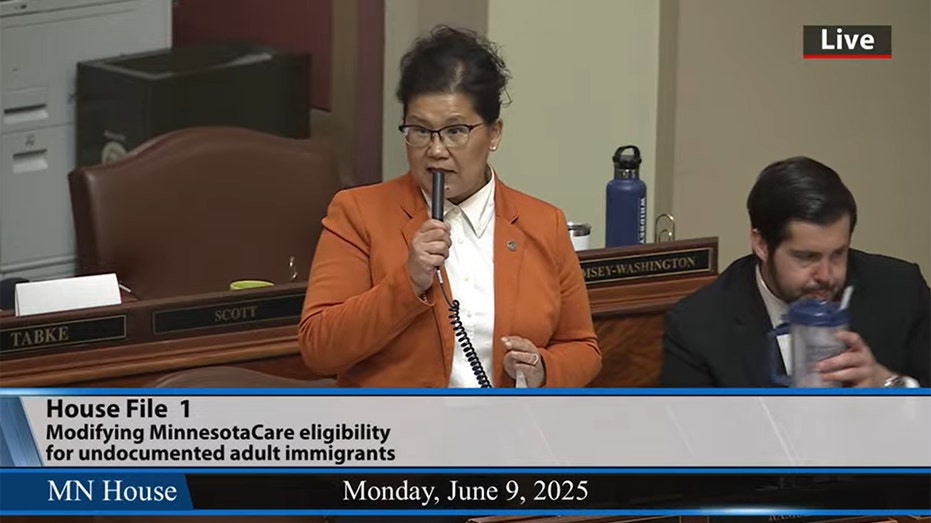China-PICs Foreign Ministers Release Joint Statement at 3rd China-PICs Meeting Promoting Regional Cooperation
China and PICs forge new collaborative pathways in joint ministerial statement at 3rd Foreign Ministers' Meeting.

The third China-Pacific Island Countries (PICs) Foreign Ministers' Meeting concluded with the release of a comprehensive joint statement highlighting the strengthening of ties and cooperation between China and the Pacific Island nations. The meeting, held from May 28 to 29, 2025, gathered senior leaders and representatives from China and eleven Pacific Island Countries, reaffirming a shared vision for enhanced diplomatic relations, mutual respect, and collaborative development.
Presided over by Wang Yi, Member of the Political Bureau of the CPC Central Committee and Minister of Foreign Affairs, the gathering brought together presidents, prime ministers, foreign ministers, and other high-ranking officials from across the Pacific region. Discussions were described as in-depth and wide-ranging, with consensus reached on crucial issues relating to regional cooperation, sovereignty, and sustainable development.
All participating countries reviewed the positive strides made in recent years, pledging to deepen their comprehensive strategic partnership. This partnership is characterized by mutual respect, common goals, and an ambition to build an even closer community with a shared future. China reiterated its longstanding policy of respecting the sovereignty, independence, and cultural traditions of Pacific Island Countries, emphasizing that Chinese assistance comes with "no political strings attached.” Pacific leaders collectively welcomed this stance, expressing support for regional autonomy and inclusivity in international relationships.
A central pillar of the statement was the affirmation of the equality of all nations, the inviolability of sovereignty, and the right of each country to choose its own development path. The principle of non-interference was highlighted as essential for peaceful and respectful coexistence. There was also a strong reiteration of support for the one-China policy, with all parties agreeing that “there is but one China in the world” and recognizing the government of the People's Republic of China as the sole legitimate representative of China. China's opposition to “Taiwan independence” was underscored, and the authority of the United Nations General Assembly Resolution 2758 was affirmed in the meeting.
Pacific leaders acknowledged China’s proposals such as the Global Development Initiative, Global Security Initiative, and Global Civilization Initiative, expressing willingness to participate in building a community with a shared future for mankind. The statement called for increased global support for the Pacific region, specifically in the form of technology, finance, and humanitarian aid to bolster independent, sustainable development. China pledged to continue providing economic and livelihood support where possible.
Further commitments were made to align the Belt and Road Initiative with the 2050 Strategy for the Blue Pacific Continent, aiming for greater regional prosperity. Cooperation will focus on emergency supplies, climate action, agricultural innovation, disaster mitigation, poverty reduction, and police training. Expanded collaboration in education, culture, health, and tourism was also agreed upon, alongside efforts to explore new direct flights to facilitate mobility and people-to-people exchanges.
Recognizing trade as a cornerstone of economic growth, all parties agreed to strengthen commercial ties by enhancing market access for Pacific products in China and building capacity for local businesses. Joint dedication to peace and stability was declared, with renewed support for the Treaty on the Non-Proliferation of Nuclear Weapons and the South Pacific Nuclear Free Zone Treaty.
Tackling climate change and environmental vulnerability formed another key component of the statement. Leaders emphasized the critical importance of management and conservation of ocean resources, as well as the severe risks posed to Pacific populations by climate adversity. The statement called for adherence to the UN Paris Agreement and urged advanced economies to lead on climate mitigation. China reaffirmed its role in supporting Pacific climate responses through South-South cooperation.
The joint statement encapsulated the resolve of China and Pacific Island countries to forge a future defined by unity, sustainable development, and enduring partnership, marking another milestone in the evolving relationship between Beijing and the Pacific region.




